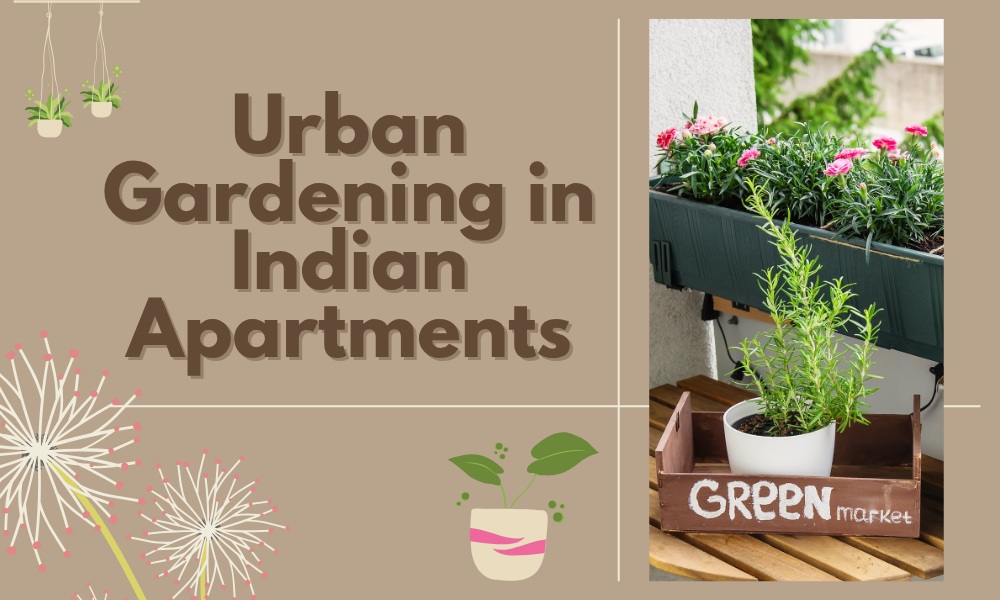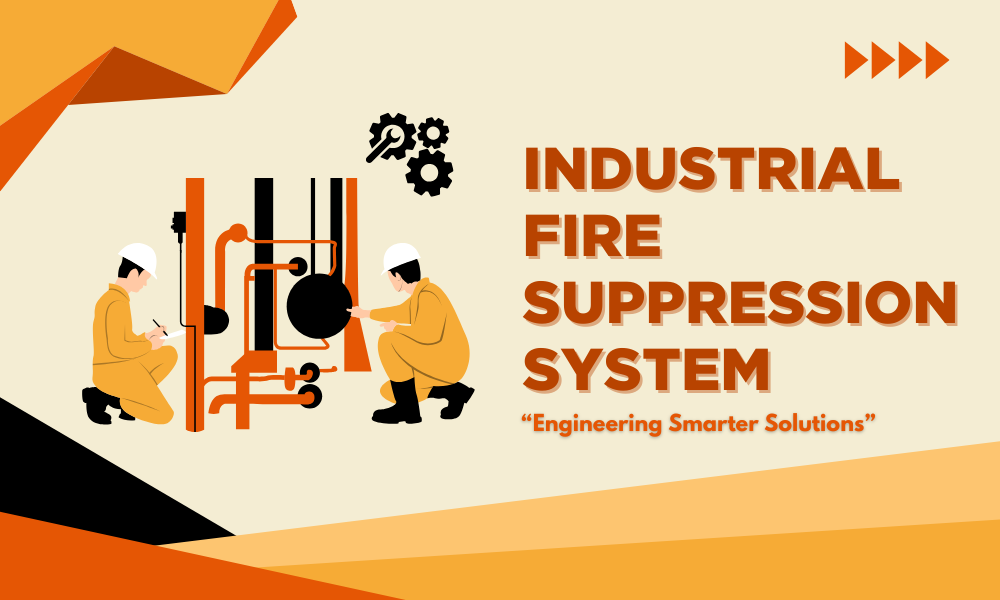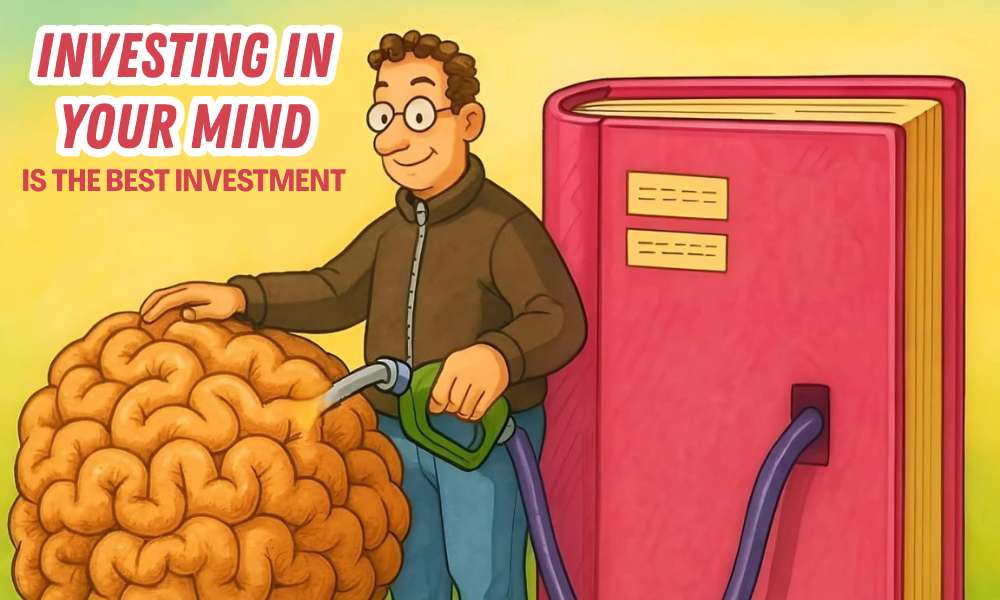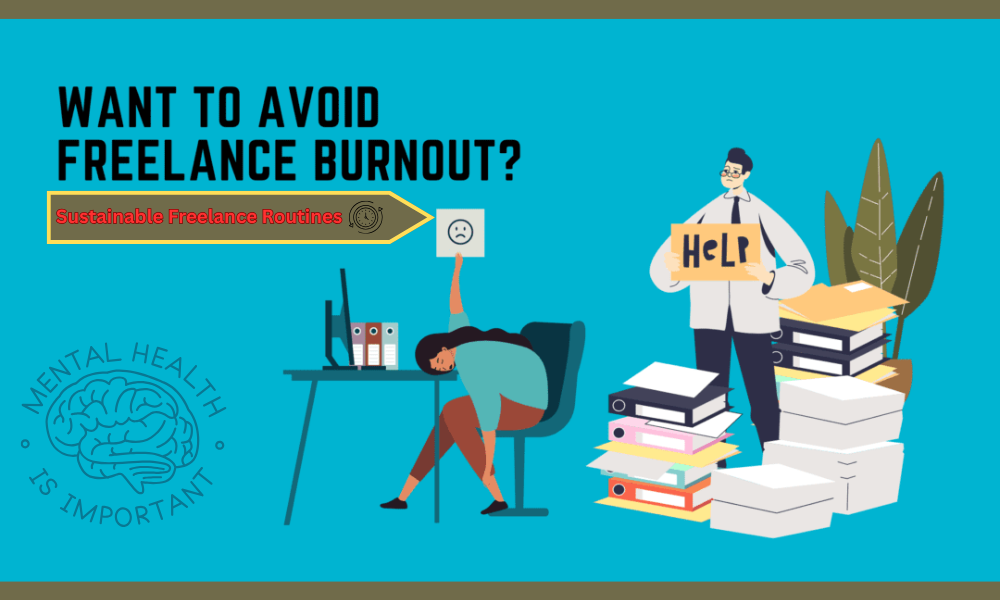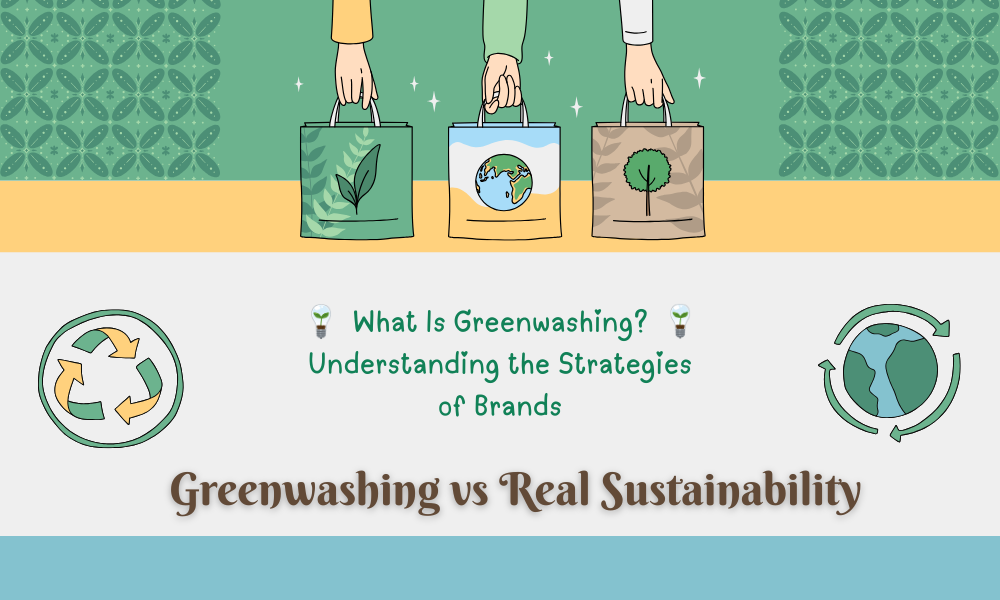The Rise of Slow living: Why More people Are Choosing To Do Less
In today’s fast paced world being constantly busy has become a new normal. From packed schedule to nonstop notifications our lives are filled with tasks and to do lists that we don’t see the beauty of life. But amid all this chaos a quiet revolution is taking shape which people are calling “slowing down”.
In this article we will explore what is slow living and how we can change our lives by incorporating it into our lives.
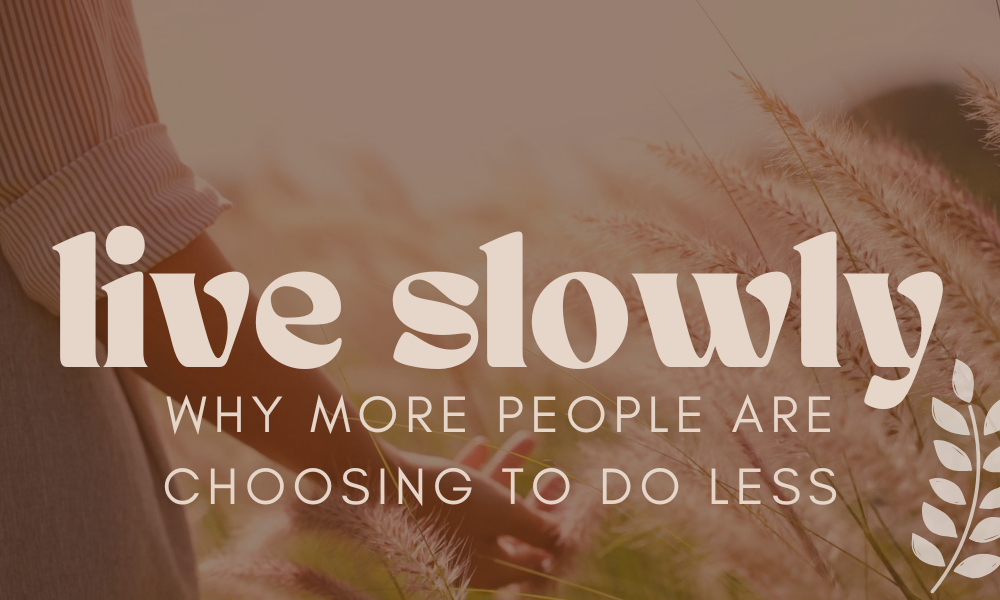
1. What Is Slow living?
Slow living is a lifestyle movement which is focused on living mindfully, intentionally and at a more sustainable pace. In 2025 more people are embracing this way of living as an antidote to burnout and digital fatigue.
Slow living is a conscious decision to live with more intention, focusing on quality instead of quantity.
It is not just about being unproductive or lazy it is about aligning actions with personal values. It offers to gives you simplicity, mindfulness, and presence.
For example, instead of rushing through meals, a person practicing slow living might cook with fresh ingredients and enjoy their food without any kind of distractions.
2. Origins And Evolution Of The Movement
Originating in Italy during the 1980s, slow living grew out of the Slow Food Movement. This movement opposed the idea of fast food culture.
Later, this idea expanded into a broader lifestyle encompassing work, relationships, consumption and technology. This movement grew popular post pandemic when people started reassessing their values and priorities.
3. The Problem With Hustle Culture
The hustle mindset celebrates non-stop work and juggling multiple tasks, yet many are now recognizing that being busy doesn’t guarantee a meaningful life. Negative effects of hustle culture include burnout, anxiety, sleep problems, poor work life balance and many more.
Studies shows that rising burnout rates are seen among professionals.
4. Benefits Of Slow Living
There are many benefits of slow living. Some them includes,
- Mental clarity: Slow living reduces stress and overwhelm giving you the mental clarity you needed.
- Better focus: Prioritizing fewer things means doing them better which results in better productivity.
- Improved relationships: Slow living gives you more time and attention for your loved ones as you are less included in doing hustle.
- Sustainable habits: Slow living gives you more conscious consumption and healthier lifestyle
- Greater satisfaction: Living in alignment with what really matters gives you a greater level of satisfaction.
5. How To Embrace Slow Living
To incorporate slow living into your life you can include the following steps,
- Start the day with presence: by keeping your phone aside during the first moments. Start by slowly waking up and writing down your thoughts if possible.
- Stay focused by handling one task before moving to the next. Doing multiple task at one time will result in failure of all doing any task which in turn could lower your productivity.
- Simplify your schedule: by saying no to activities that don’t align with your values—it’s a powerful way to ease mental clutter.
- Digital boundaries: Limit screen time and notifications so that you can gain digital clarity.
- Practice gratitude: Keep a journal or take mindful breaks to practice gratitude which can give you purpose and meaning.
- Create a ritual: Slow walks, tea breaks to reading for pleasure can become a ritual you enjoy and can also reduce stress.
- Eat meals without screen: Eating meals without looking at your phone and eating mindfully can not only help reduce mental stress but also relives many physical issues like overeating and bloating.
- Limit news consumption: Scrolling endlessly on your phone with constant bombarding of information can overwhelm you causing unnecessary stress and mental clutter.
- Do nothing sometimes: Sometimes it is okay to sit and do nothing allowing space for boredom and rest which can eventually lead to some creativity and new ideas.
These gradual changes can give you more space and clarity instead of overhauling everything at once.
Here is real life example,
A freelance graphic designer who transitioned to slow living after experiencing burnout. She reduced her client load, deleted non-essential apps and now begins each day with thirty minutes of journaling. After incorporating these steps she is feeling more creative, balanced and content even though she earns slightly less than before.
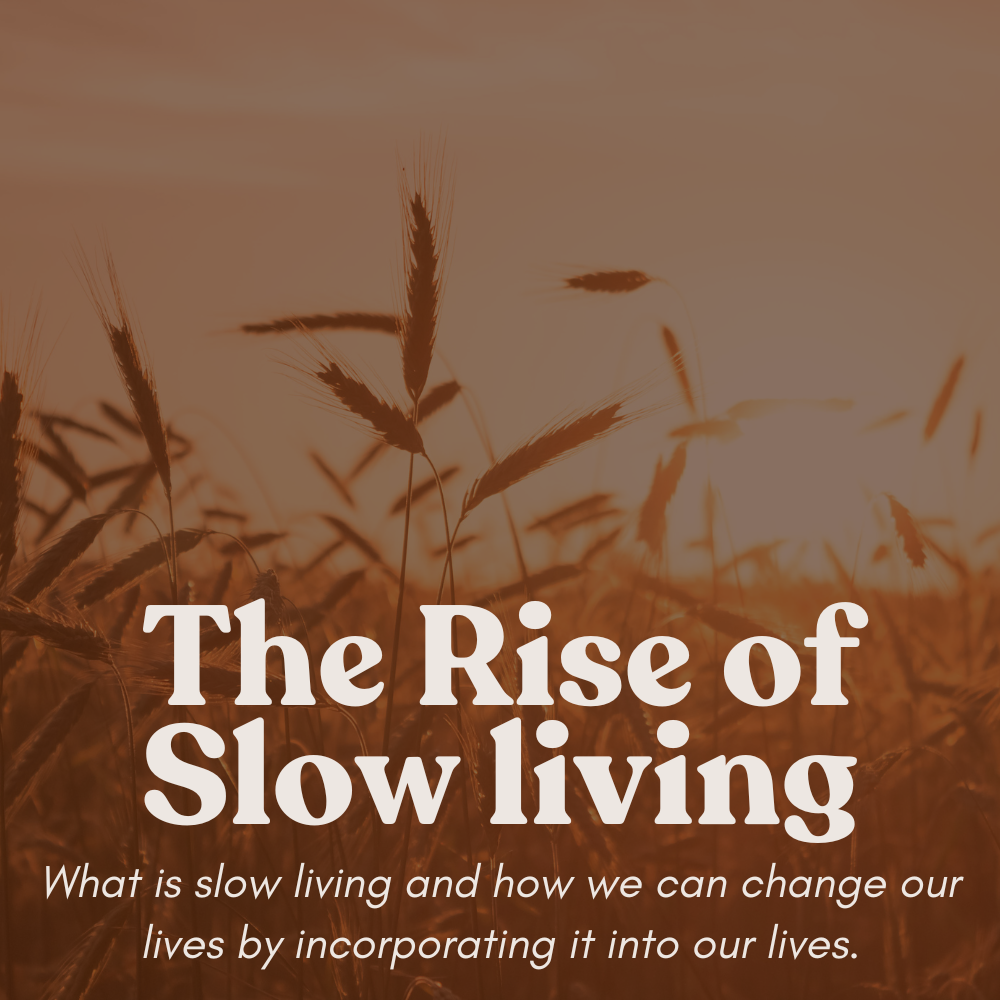
6. Applying Slow Living To Different Aspects Of Life
Here are some steps you can take to apply slow living into different areas of your life,
- Work: Try doing deep work techniques while avoiding over scheduling. Prioritize meaningful tasks rather than doing all at once.
- Relationships: Spend quality time with your loved ones without any kind of distractions to make your relationships stronger and healthier.
- Leisure: Choose activities that bring joy and peace like gardening, journaling, reading etc.
- Home: Simplify your space and create calming routines to give yourself mental stability and clarity.
7. Why Slow Living Is Gaining More Popularity in 2025
Pandemic is gone but the lifestyle has stayed. As we continue living with this lifestyle shift post pandemic, there has been an increase in remote work and freelance work which allows more flexible routines.
Mental health awareness has become stronger than ever. Minimalism, sustainability and intentionality has become more popular lifestyle choices in the recent years.
Hence because of all these aspects, slow living is gaining more popularity in this post pandemic era.
Efficient supply chains, the utilization of renewable energy, low waste production, and environmentally friendly products that are produced responsibly are all important Indicators of Genuine Sustainability. Accountability, ongoing development, and a resolute dedication to making a beneficial, long-lasting impact are the foundations of true sustainability.
8. Common Myths Regarding Slow Living
Many people assume that slow living is only for the wealthy and retired people, but in fact it is the opposite. Anyone can adopt slow living principles especially people with busy job or parenting routines. Slow living can be beneficial to these people who are constantly under pressure and stress. Slow living is more about mindset than money.
Conclusion
Slow living is not about doing nothing, but it’s about doing what truly matters and doing it in a mindful way. In a time when everyone seems to be rushing, choosing to slow down is a radical and refreshing act of self-care and clarity. Start your slow living journey today.
Author’s Bio
Author Nidhi is professional content writer; she is always exciting to express thoughts & insights into wonderful words on various topics.



